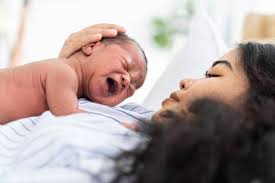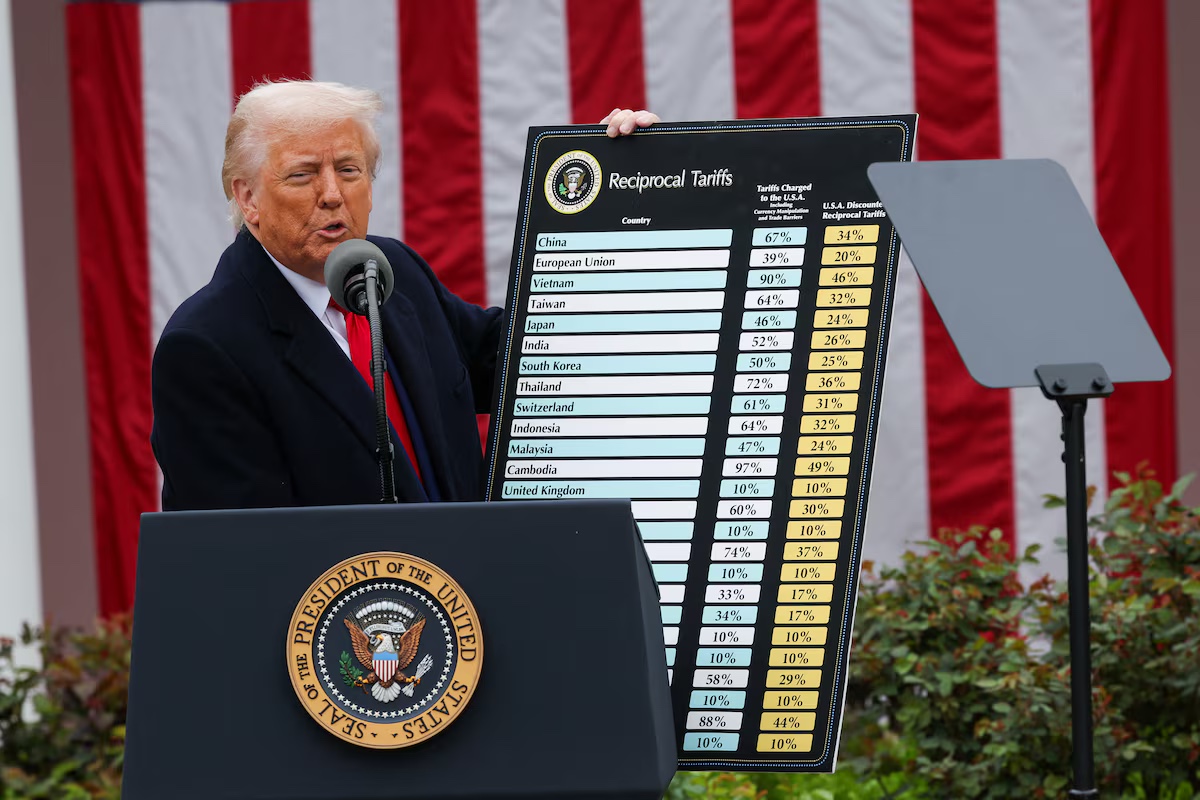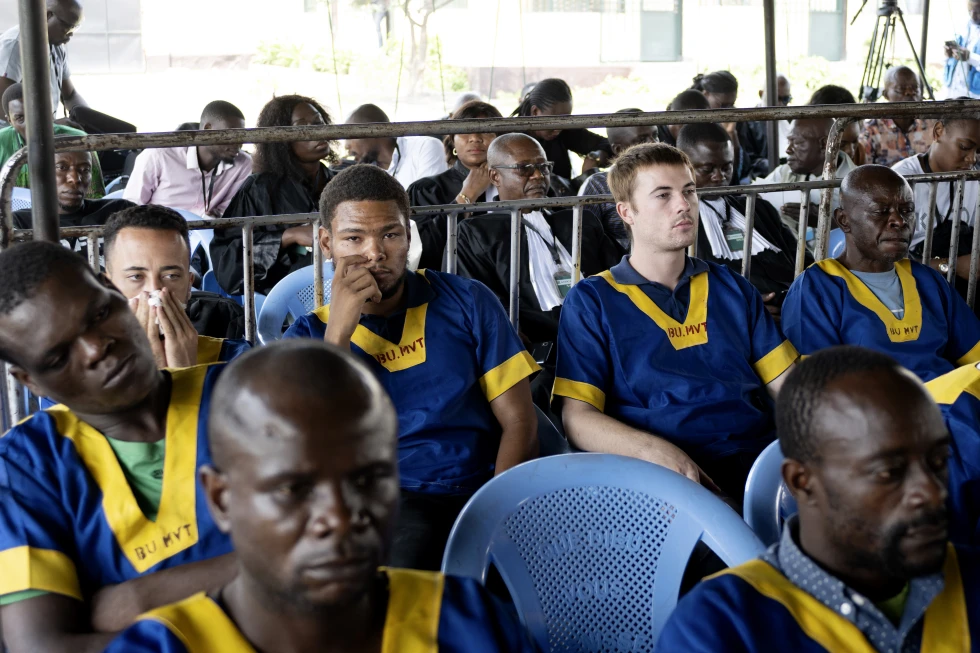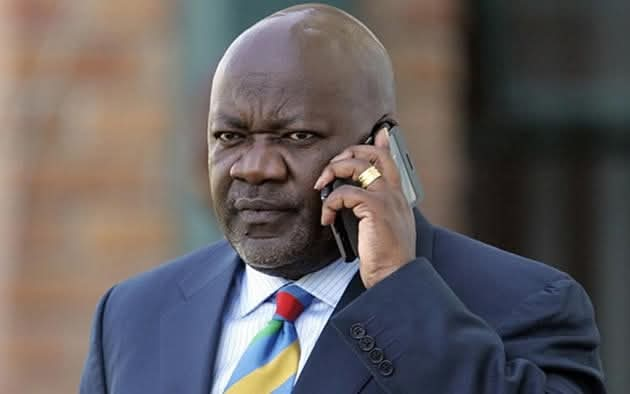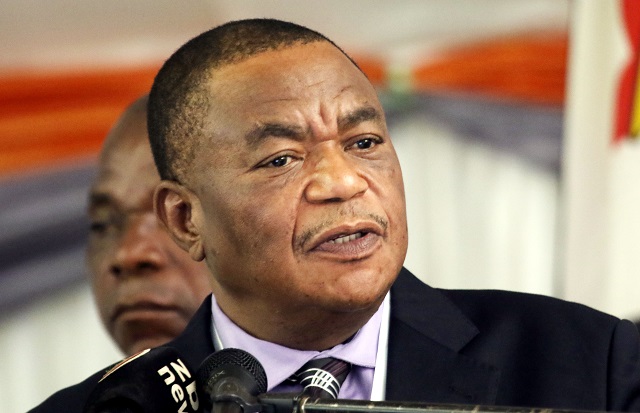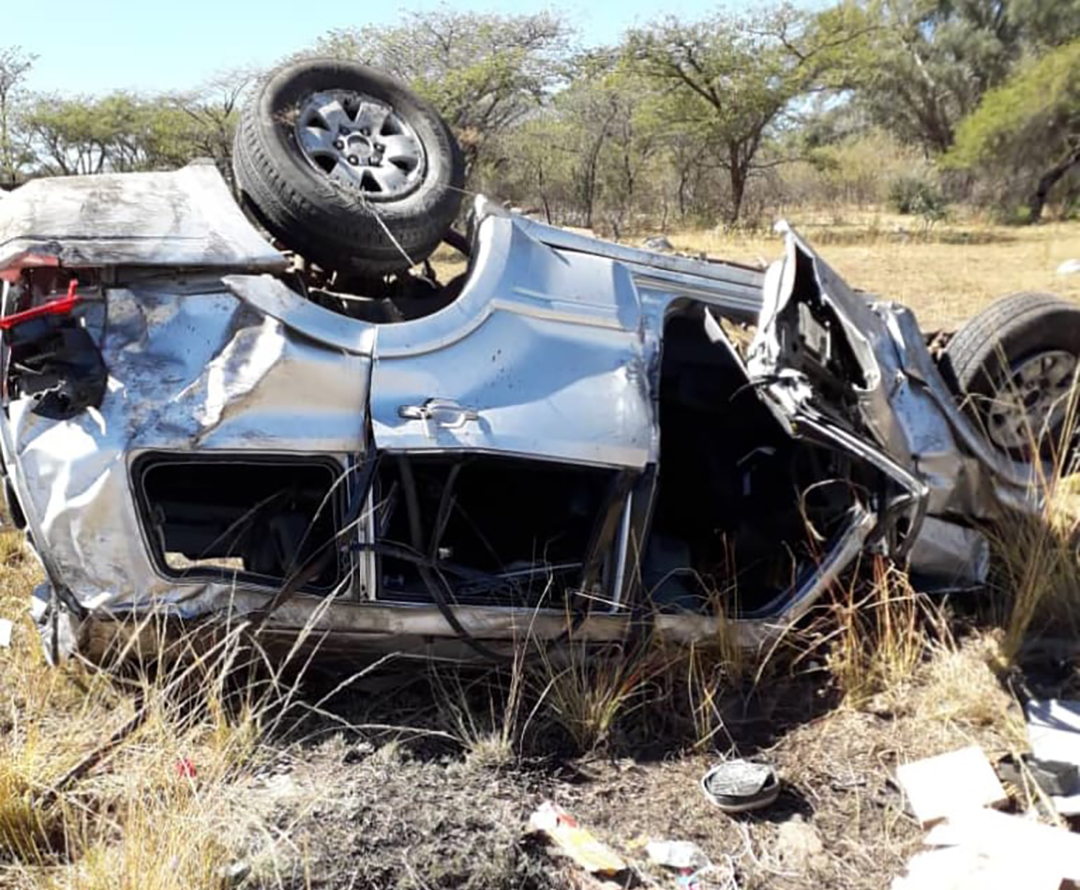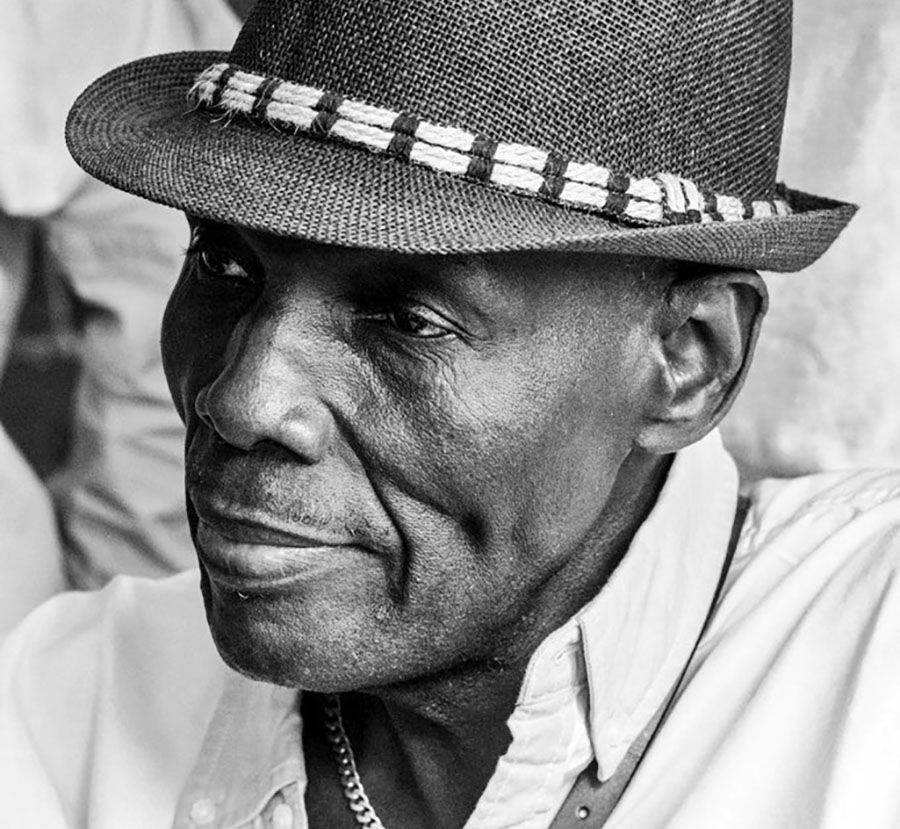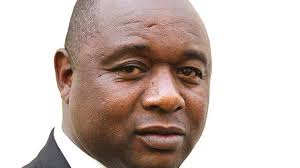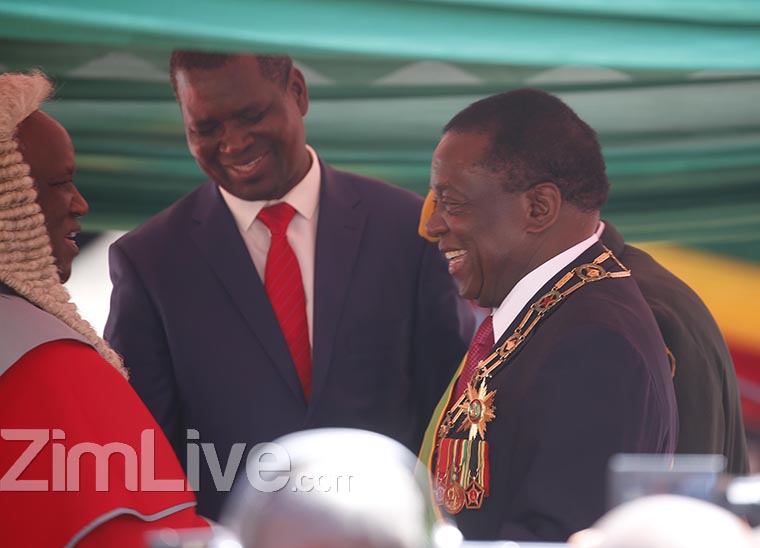HARARE – Zimbabwe has recorded 197 live births through the In Vitro (IVF) fertilisation programme which was reintroduced in the country 2016, with more excepted following the programme’s success.
This was revealed recently by Dr Tinovimba Mhlanga, the lead gynecologist at the IVF centre in Harare.
In vitro fertilisation is a procedure that involves fertilisation of a woman’s eggs with sperm outside her body, in a dish in a laboratory.
After three to five days, one or two of the embryos that are beginning to form are placed in the woman’s womb, where they continue to develop normally.
There are various reasons that lead couples to opt for IVF.
“The procedure can be used where a woman is unable to conceive naturally due to factors such as blocked or damaged fallopian tubes, endometriosis, ovulation disorders such as polycystic ovarian disease, premature ovarian failure, uterine fibroids, a genetic disorder or a male infertility factor such as low sperm count or abnormal sperm to mention only a few conditions,” said Dr Mhlanga.
Dr Mhlanga said modern medical procedures have assisted many women from being labelled by society as infertile.
“We’re a specialist IVF centre, everyone here is trained to look after our sub-fertile patients with great care.
“This helps to destigmatise sub-fertility. Infertile sounds final, when most people can become fertile with the help of modern medical procedures,” he added.
The gynecologist pointed out, however, that the success rate varies with age.
“Women aged between 20 and 35 have the best chance of a successful outcome.
“Once you get to 40 years, the success rate drops to 10 percent. At age 42 the odds diminish to five percent,” he said.
In cases of abnormal semen parameters such as low sperm count, poor motility and abnormal sperms, the embryologist is able to inject one sperm into each egg to facilitate fertilisation with the aid of an Intra Cytoplasmic Sperm Injection (ICSI) microscope and needle.
As with natural conception, not every pregnancy results in a live birth, since miscarriages can happen with any pregnancy.
In the case where a woman is unable to produce sufficient good quality eggs, they can opt to have donor’s eggs used.
The IVF Zimbabwe Centre has successfully achieved babies from intra-uterine insemination (IUI), IVF, donor gametes, surrogacy and sperm harvested by testicular sperm extraction.
It has also introduced gender selection through micro sort technology which separates x and y sperm.
According to the IVF team, in April 2017, the first baby was born as a result of the programme.
A year later, another seven babies had been born making eight altogether.
Now, more than six years later, 197 babies have been born.
Two of the 197 babies were born in the United States of America and five were born in England after their parents came to Zimbabwe and had successful IVF cycles.
The world’s first “test-tube” baby was born as a result of IVF in the United Kingdom in 1978.

